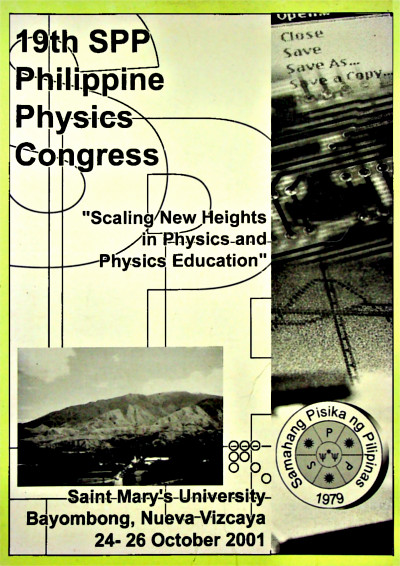Polarized light propagation in polymer dispersed liquid crystal
Abstract
A numerical model founded on a Monte Carlo protocol is developed to describe the propagation of polarized light a polymer dispersed liquid crystal (PDLC) layer, including the effects of droplet size, shape and LC-polymer ratio. A decrease in droplet size (g) leads to more depolarization of transmitted light. That is, a degree of polarization (DOP) of 10% is seen for isotropic droplets at an LC concentration h/ds = 4, where h is the sample thickness and ds is the mean-free-path. Moreover, smaller droplets endow the light a preference to shift from a horizontal to vertical polarization states. The LC concentration decreases the DOP to as low as 75% at h/ds = 8. Spherical droplets depolarize light more compared to both oblate and prolate spheroids. Despite same equatorial to polar axis ratios, the former exhibits higher transmitted intensity than the latter.
Downloads
Issue
Scaling new heights in physics and physics education
24-26 October 2001, Saint Mary's University, Nueva Vizcaya











